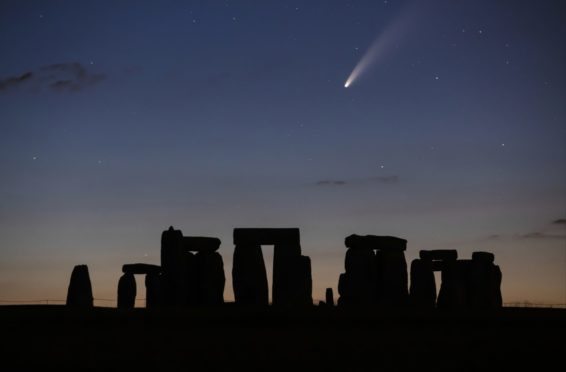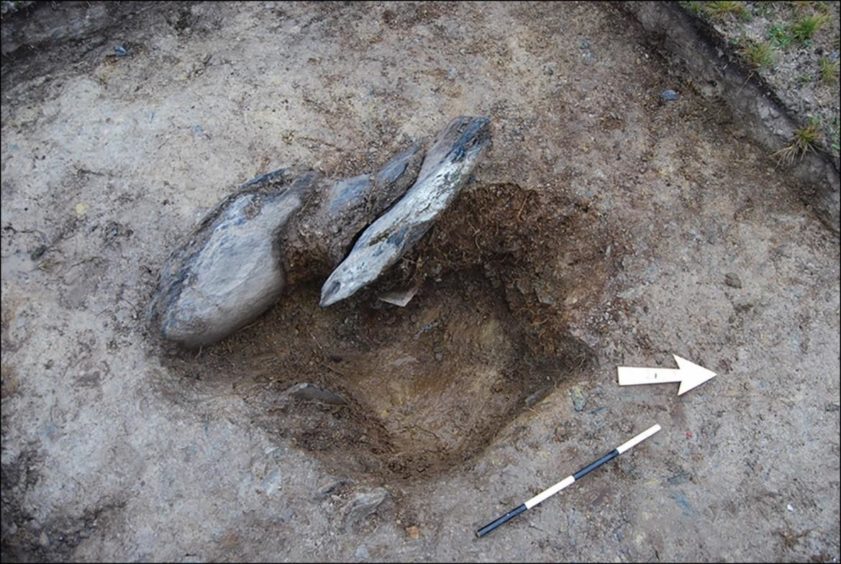St Andrews academics are featured in a new documentary unveiling the secrets of Stonehenge.
Stonehenge: The Lost Circle Revealed will include Fife researchers who have completed a ground-breaking study into the famous landmark in Wiltshire.
St Andrews University scientists were part of a team who revealed that bluestones used in the construction of Stonehenge around 5,000 years ago were taken from the ancient Welsh stone circle at Waun Mawn.
Dr Tim Kinnaird, of the School of Earth and Environmental Sciences at St Andrews University, said: “It is the hidden information preserved in the soils that provides the chronology for the construction, then the dismantlement of the Waun Mawn stone circle, which appears to have intriguingly occurred just before similar stones were erected at Stonehenge.
“Combined with the fact that the Waun Mawn bluestones came from the same quarries as Stonehenge, this led us to conclude that Waun Mawn was likely dismantled and became the source of many of the bluestones used at Stonehenge.”
Researchers used a technique called optically-stimulated luminescence dating to determine the age of the dismantled stone circle at Waun Mawn situated in the Preseli Hills, close to bluestone quarry sites.
If still standing, Waun Mawn would be the third largest stone circle in Britain after Avebury in Wiltshire and Stanton Drew in Somerset.
The team discovered that one of the empty stone sockets at Waun Mawn has an unusual cross-section which matches one of the bluestones at Stonehenge, and chippings in that hole are of the same rock type as the Stonehenge stone.
When they dated the soils in the dismantled stone sockets they found that the stones were removed immediately prior to the known date of construction of Stonehenge – around 3000BC.
The research, published in the Antiquity archaeological journal, also found that Waun Mawn has an identical diameter to the ditch surrounding Stonehenge – 360 feet – and that it is also aligned on the midsummer solstice sunrise.
The research team was led by Professor Mike Parker Pearson of University College London who, along with colleagues Professor Josh Pollard of Southampton University, Professor Colin Richards of the University of the Highlands and Islands and Professor Kate Welham of Bournemouth University, has co-directed excavations at Stonehenge and its World Heritage Site since 2004.
Stonehenge: The Lost Circle Revealed will air on BBC2 at 9pm on Friday.






